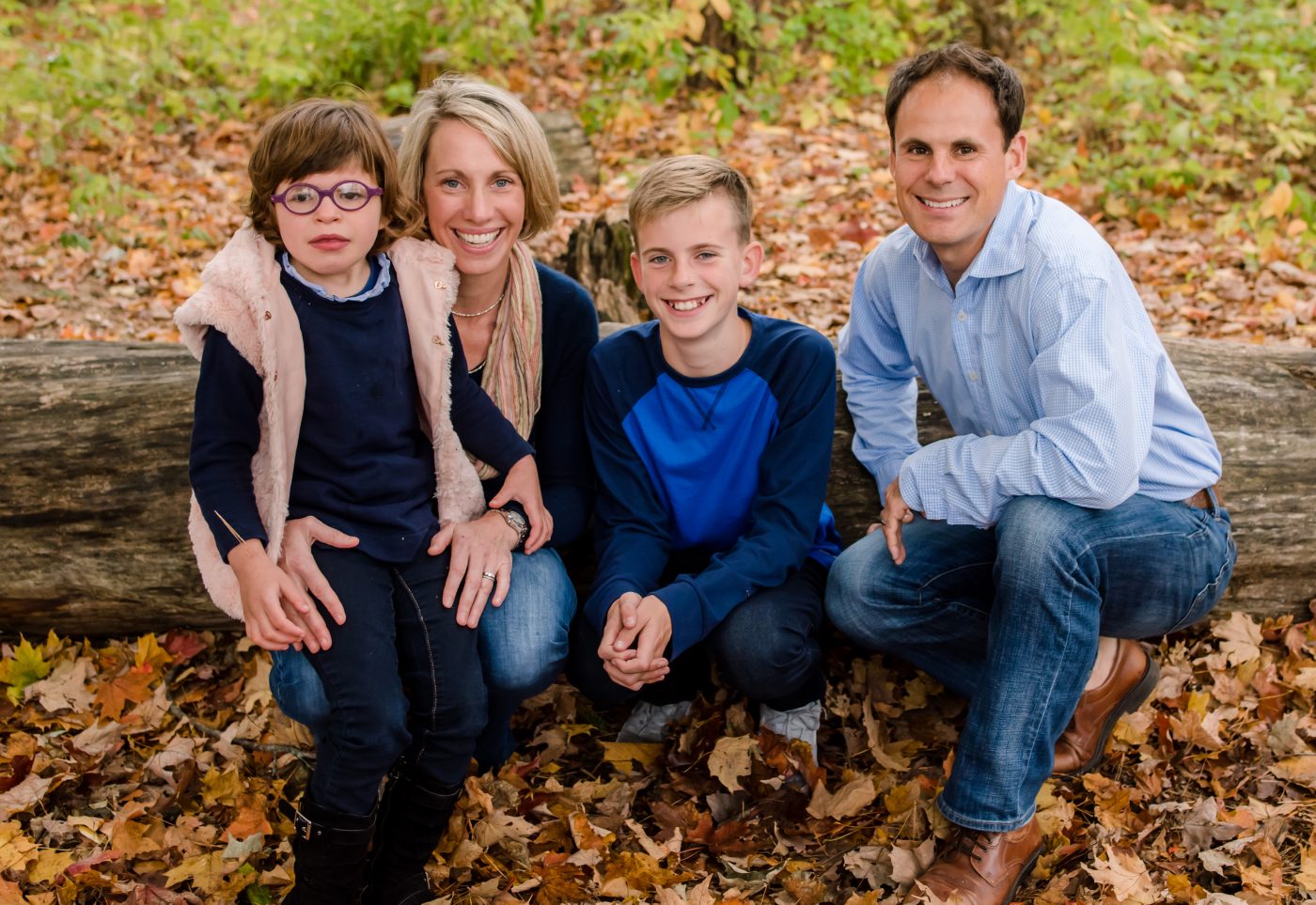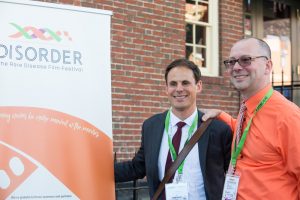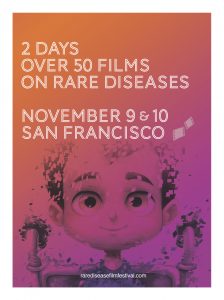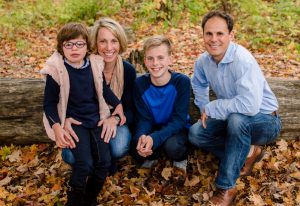‘Disorder’ Film Festival Offers Look at Siblings Touched by Rare Diseases

From left, Tess Bigelow, Kate McCrann, Dana Bigelow and Bo Bigelow, co-founder of Disorder: The Rare Disease Film Festival. (Photo by Patience Cleveland Photography)
Rare diseases deeply affect not only the children who experience them, but also their healthy brothers and sisters, as their parents can attest.
Two entries in November’s “Disorder: The Rare Disease Film Festival” will focus on what siblings go through, according to the San Francisco festival’s co-founder, Bo Bigelow.
“If you’re a sibling of a child with a rare disease, there’s so much going on — there’s a lot to talk about,” said Bigelow, whose 9-year-old daughter, Tess, has USP7, a disorder marked by a gene mutation that’s been diagnosed in only 52 people worldwide. Lucas, son of the festival’s other co-founder, Daniel DeFabio, has Menkes syndrome, which affects only 1 in 10,000 newborns.
Bigelow, who’s also chairman of the Foundation for USP7 Related Diseases, said in a phone interview that he and DeFabio are delighted that several entries in the 2019 film festival will deal with subjects, such as siblings, that have not been covered before.
Interested in Muscular Dystrophy News research? Sign up for our forums and join the conversation!
Some filmmakers in his year’s entries also took different storytelling approaches than in the inaugural 30-film festival in Boston in 2017. Experimentation indicates the festival is maturing.
In all, 54 films will be shown Nov. 9–10 at the University of California-San Francisco’s Mission Bay Conference Center. Ticket information will be available in mid-September on the festival’s website and Facebook page. The full film lineup is here.
Rare disorders covered by this year’s films include Batten disease, Sanfilippo syndrome, Angelman syndrome, Charcot-Marie-Tooth disease, sickle cell disease, cystic fibrosis, spinal muscular atrophy, Duchenne muscular dystrophy, multiple sclerosis, Friedreich’s ataxia, hemophilia, Huntington’s disease, epidermolysis bullosa, cerebral palsy, fragile X syndrome and mitochondrial disease.
Films about brothers and sisters are Jon Doflinger’s “Unconditional: Raising a Glass Child with a PACS1 Sibling,” which deals with a single rare disease, Blyth Lord’s “Voices of the Siblings,” which covers several disorders, and “At the Edge of Hope,” Dan Salvo’s tribute to those who grew in advocates, inspired by what family living with Batten, epidermolysis bullosa, and myofibrilar myopathy taught them.
Making room for every rare disease
Siblings whose parents devote most of their time to a sick child can feel jealous or neglected, according to the Seattle-based Sibling Support Project. They may also feel a range of other emotions, including the guilt of being healthy while a brother or sister is not.
To underscore their belief that each of the world’s 7,000 or so rare diseases deserved its own film, Bigelow and DeFabio put word out that they would produce one about a disorder that had yet to be shot — and called for proposals.
The family they chose for the film that would become “Unconditional” has a son with the ultra-rare disorder PACS1.
“We didn’t go in thinking about the sibling angle, but that’s the direction Jon went in, and it was really eye-opening,” Bigelow said.
Lord, executive director of the Courageous Parents Network, lost her daughter, Cameron, to Tay-Sachs disease. She interviewed a number of rare-disease patients’ brothers and sisters on-camera. The idea was to “give space for those siblings to tell their stories,” Bigelow said.
A typical rare disease film starts with parents explaining that they knew something was wrong with their child but did not know what, cuts to a doctor describing symptoms and a diagnosis, and ends with patents making a call to action — such as asking viewers to spread the word about the disorder or make a donation, Bigelow said.
One director who took a different approach this year was Dutch filmmaker Charlotte Driessen, who focused on how a rare disease brought a family together. Her film, “Kuluut,” is about a cousin with Bohring-Opitz syndrome.
Bigelow said the question Driessen posed was one “that all us rare disease families wrestle with every day: How do I stay upbeat” in the face of never-ending challenges?
Celebrating ‘inchstones’
Another film with an encouraging approach this year is Richard Krisher’s “Hope for Haley,” which celebrates the tiny triumphs of a girl with Bosch-Boonstra-Schaaf optic atrophy syndrome. Doctors describe the various developmental stages that healthy children go through as milestones. Krisher’s film rejoices over Haley’s “inchstones.”
Bigelow, a lawyer from Maine, and DeFabio, a New York filmmaker, met at the 2015 RARE Patient Advocacy Summit in Huntington Beach, California. They discovered that each had made films about their children’s disorders — Bigelow’s “Tess Is Not Alone” and DeFabio’s “Menkes Disease: Finding Help & Hope.”
DeFabio suggested they start a rare disease film festival.
When they called for entries for the 2017 initial event, Bigelow said, “we figured it was going to be our two films and a couple of other ones — and maybe we’d get a sponsor if we were really lucky.”
Dozens of entries flooded in, and a flock of potential sponsors called to say, “Hey, we want to participate. How can we support this?”
Most of the films were done by professionals with a connection to someone who has a rare disease, Bigelow said. But a substantial number are the work of families with rare-disease members.
The quality of video in today’s cellphones mean that amateurs can shoot excellent footage that can then be turned over to a seasoned editor to produce a finished product, he said.










